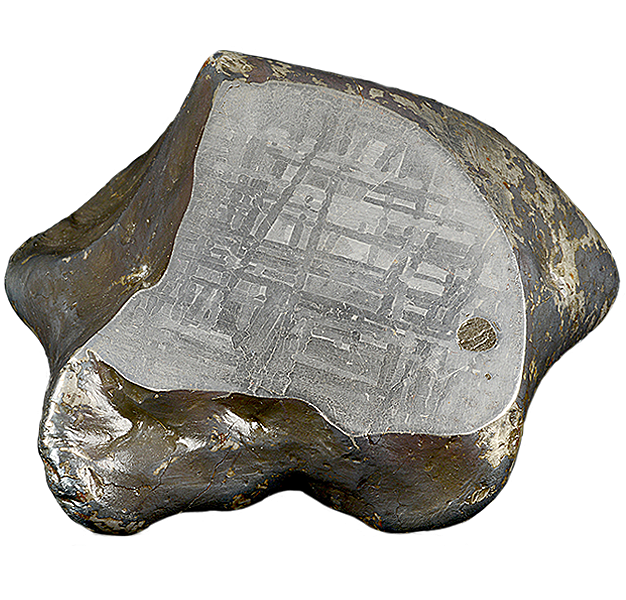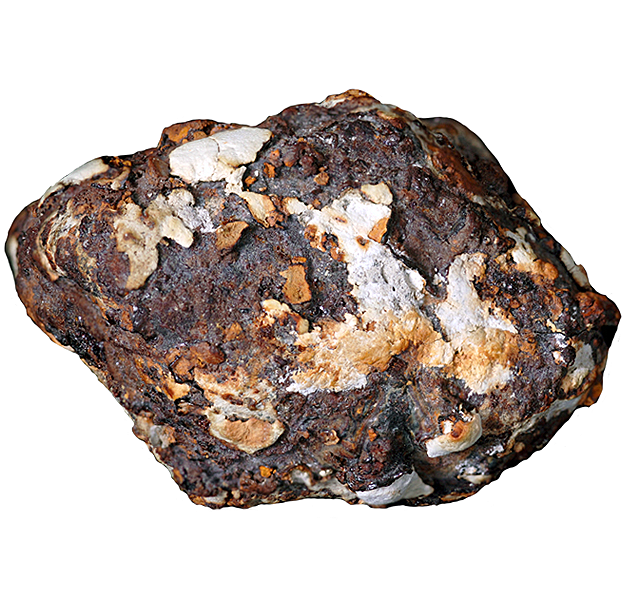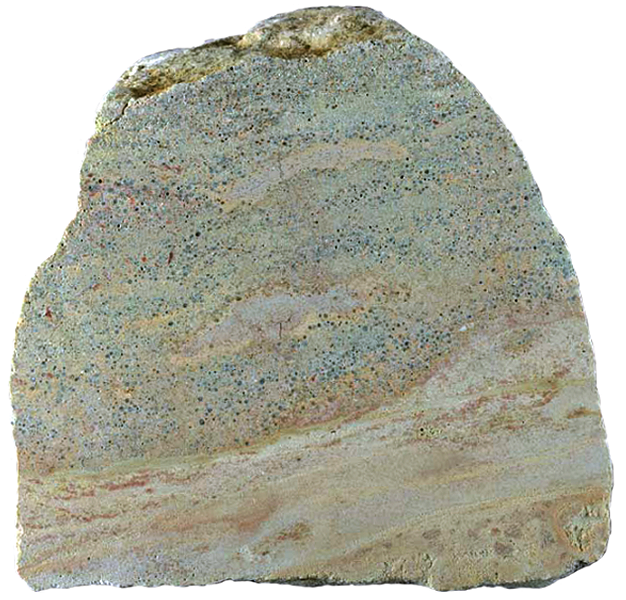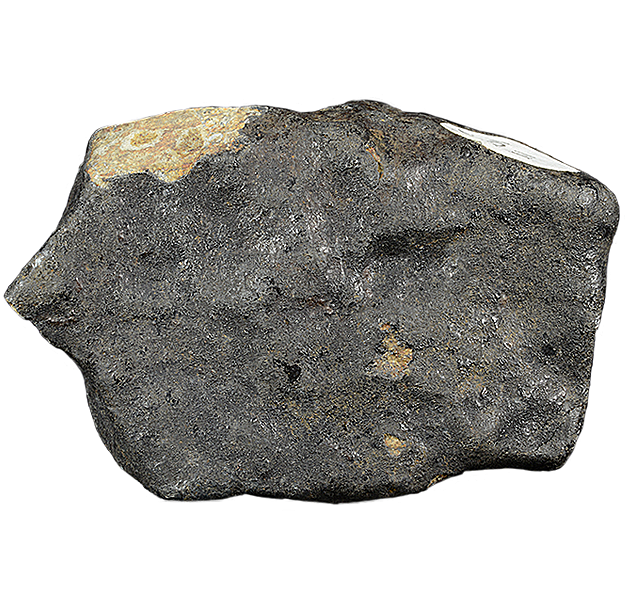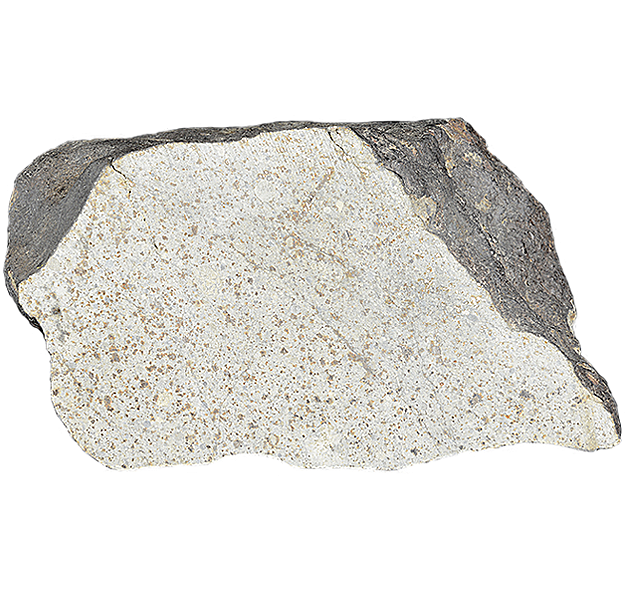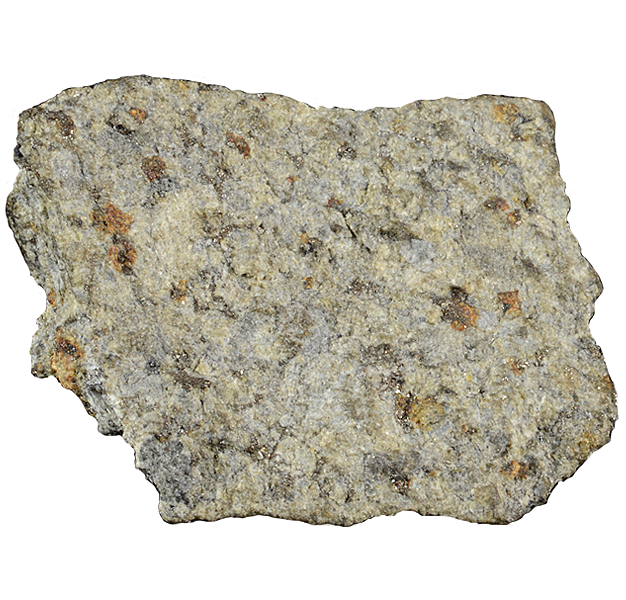
Fact sheet
The Perth meteorite fell at 12:30 pm on the 17th May, 1830, on a field known as the North Inch. The original meteorite was approximately 18cm across, but only two small fragments weighing 1.5g and 0.5g have been preserved. It is an ordinary chondrite.
The Perth meteorite is classified as an LL5 meaning it has a low iron content (5-10%) and indistinct chondrules. The chondrules are so indistinct that they are difficult to see in hand specimen.
NOTE our "Virtual Microscope" is a zoomable hand lens view of the Natural History Museum's specimen and not a microscope view.
See also:
http://www.bimsociety.org/bim4.shtml
https://fernlea.tripod.com/perth.html
http://www.lpi.usra.edu/meteor/metbull.php?code=18797
Specimen: BM34248
This Collection consists of meteorites that have fallen in Great Britain and Ireland and which are now preserved in museum collections. We have also included samples of the two known meteorite impact deposits in the UK.
The Natural History Museum in London offers more information about meteorites and meteorite categories; there is more information about its meteorite collections here.

